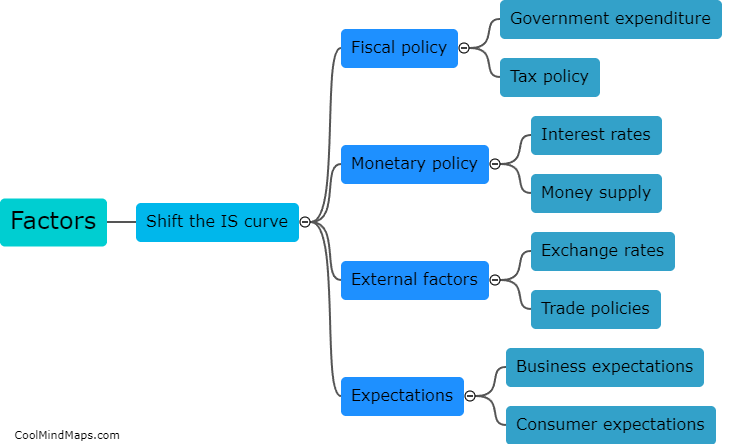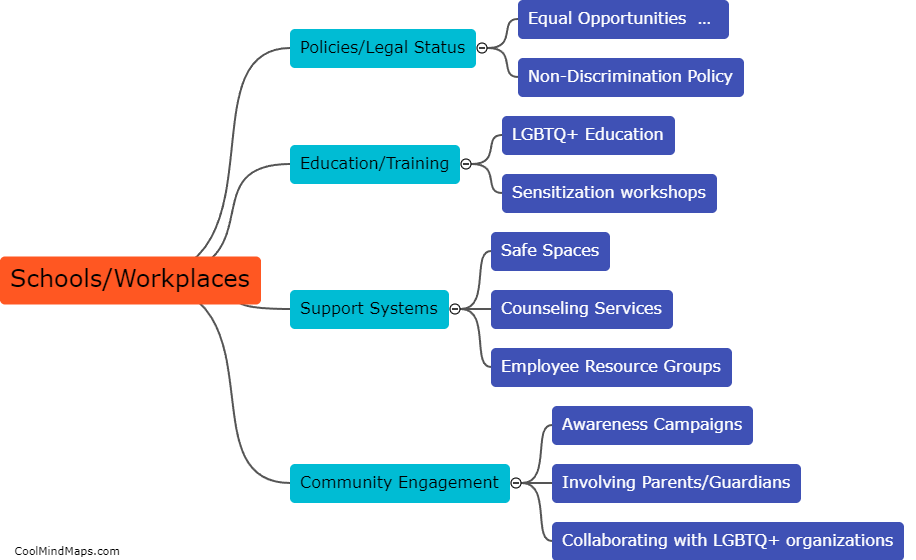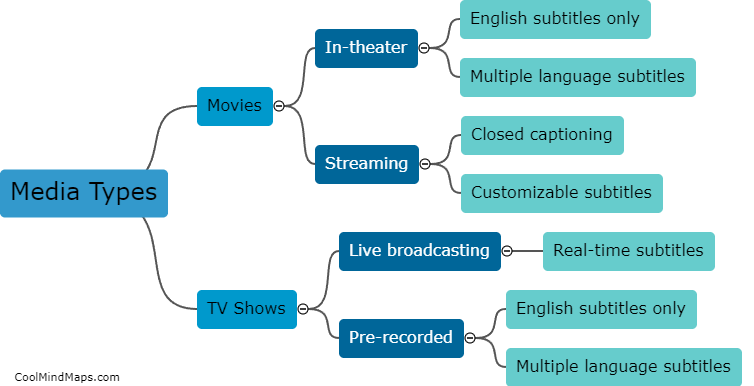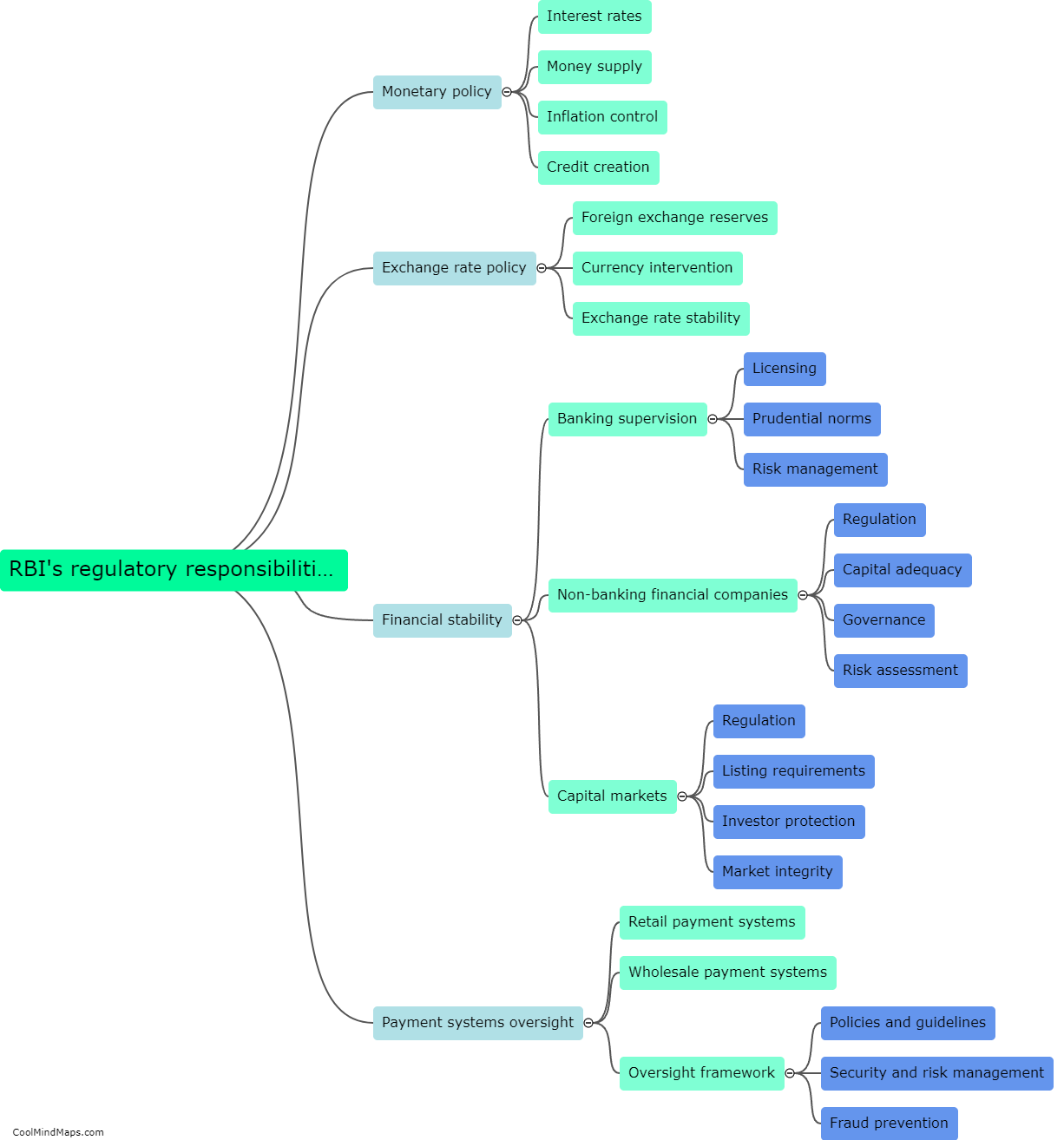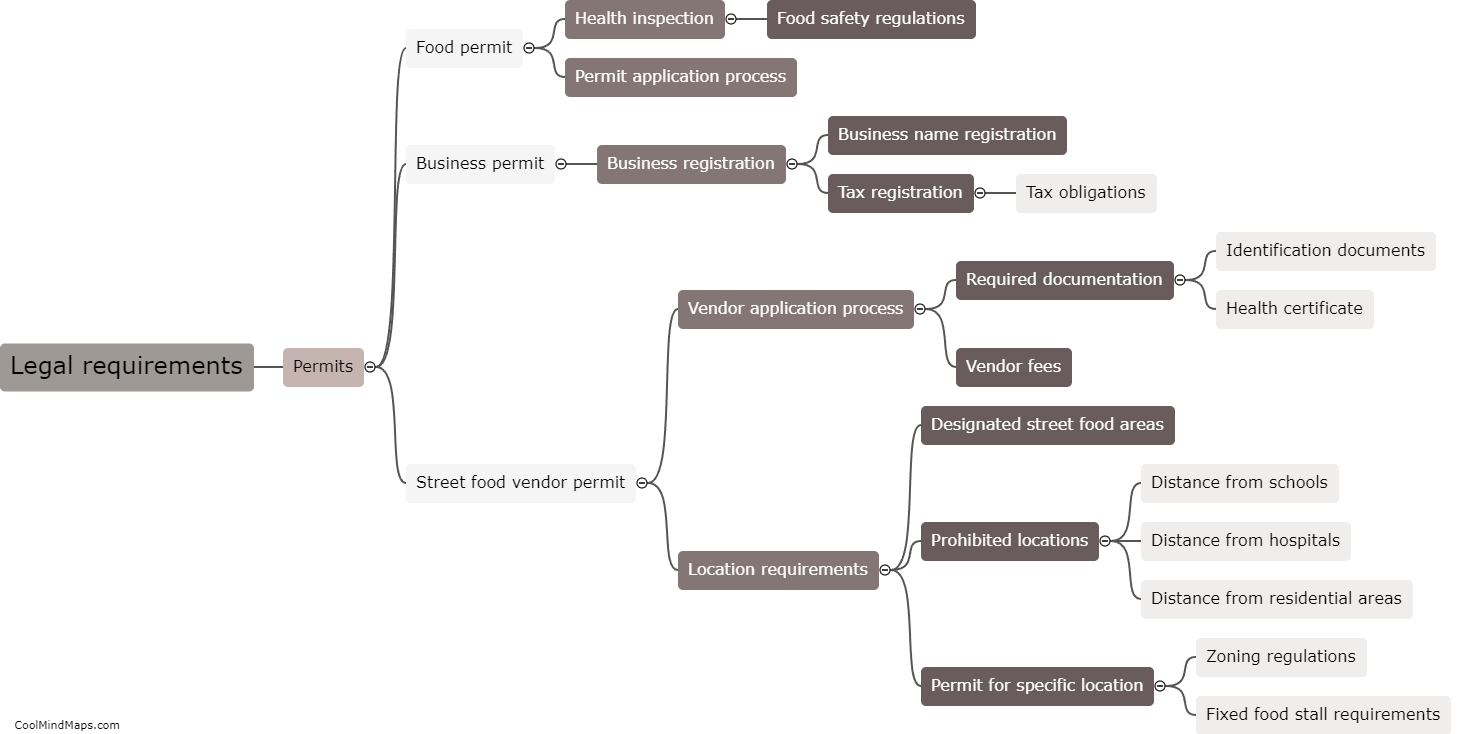What are the ancestral countries of modern Russia?
The ancestral countries of modern Russia can be traced back to a diverse array of regions throughout history. The foundation of the Russian state began in the 9th century with the formation of the Kievan Rus, which consisted of Slavic tribes inhabiting areas that are now part of modern-day Ukraine, Belarus, and western Russia. Over the centuries, Russian territories expanded eastwards, incorporating lands inhabited by indigenous Finno-Ugric tribes, such as the Komi, Karelian, and Mari people. The Mongol invasion in the 13th century marked a significant influence on Russian history, as the Mongol-Tatar yoke shaped the political and cultural landscape. As Russia further expanded during the 16th and 17th centuries, it assimilated regions like Siberia, Caucasus, and Central Asia into its realm, incorporating various ethnic groups such as the Tatars, Bashkirs, Chechens, and Kazakhs. These ancestral countries have played a crucial role in the formation of modern Russia's diverse ethnic makeup and cultural heritage.

This mind map was published on 16 September 2023 and has been viewed 90 times.
